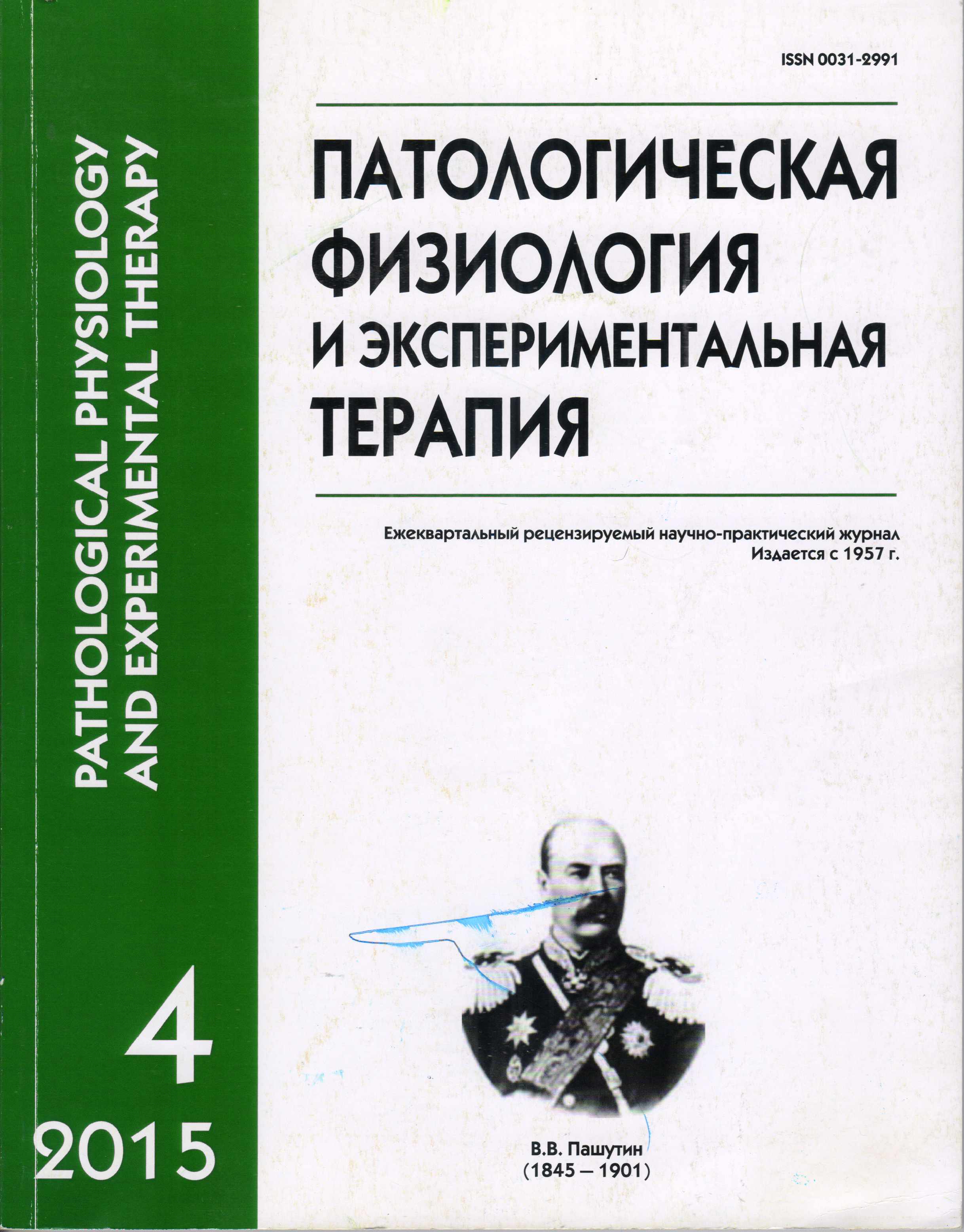The role of erythrocyte microvesiculation and hemoglobin glycation in hemorheological disordes during burn injury
Keywords:
erythrocytes, microvesicles, burn injury, electrophoretic mobility of erythrocytes, glycated hemoglobin, erythrocyte deformability
Abstract
Introduction. Hemorheological disorders play an important part in pathogenesis of acute period of burn injury. This mechanism remains practically unstudied. Thus, unknown is the role of hemoglobin glycation and erythrocyte microvesiculation in the decrease in erythrocyte deformability after thermal trauma. Methods. Research was performed on 30 blood samples of burn patients in the acute period and 40 blood samples of healthy donors. The number of erythrocyte-derived microvesicles was determined by flow cytometry and then standardized in the samples; the microvesicles were preliminarily separated by ultracentrifugation at 100000g, for 60 minutes. Electrophoretic mobility of erythrocytes was measured in a processing chamber of the optical cuvette under the light microscope. Deformability of erythrocytes was assessed by the level of their extension in the artificial shear flow. Results. It was found that the amount of HbА1с in red blood cells of burn patients demonstrated a 2-fold increase compared to healthy donors. In the experiments in vitro it was proved that deformability of erythrocytes correlates with the level of hemoglobin glycation. Hb glycation leads to the increased rigidity of erythrocytes also by increasing their microvesiculation. The number of microvesicles derived from red blood cells of burn patients demonstrated a 3.47-fold increase compared to healthy donors. An important reason for microvesiculation is the destabilization of lipid complex of erythrocyte membrane, which is accompanied by the increase in the erythrocyte negative charge. It can be concluded that Hb glycation and redistribution of erythrocyte membrane phospholipids are he important reasons for the increase erythrocyte microvesiculation and are accompanied by the decrease in erythrocyte deformability after thermal trauma.Downloads
Download data is not yet available.
Published
21-12-2015
How to Cite
Levin G. Y., Sukhareva E. G., Egorihina M. N. The role of erythrocyte microvesiculation and hemoglobin glycation in hemorheological disordes during burn injury // Patologicheskaya Fiziologiya i Eksperimental’naya Terapiya (Pathological physiology and experimental therapy). 2015. VOL. 59. № 4. PP. 21–25.
Issue
Section
Original research






